Learn about alternative sources of capital for startups.
Demystifying the capital stack, mapping the ecosystem, and helping bridge connections to accelerate the deployment of climate solutions.

Learn about alternative sources of capital for startups
Articles
- Thought Piece
Understanding and strategizing your fundraise in this environmentThe current investment landscape presents several hurdles that may be affecting startups’ ability...
Highlights from a FOAK RoundtableDuring NREL IGF, Deanna Zhang (also contributed to this piece), Jack Fritzinger, and I organized a...
- Case Study
Crowdfunding is a way for entrepreneurs to raise capital by soliciting funds from a large audience. Conventional wisdom holds that...


